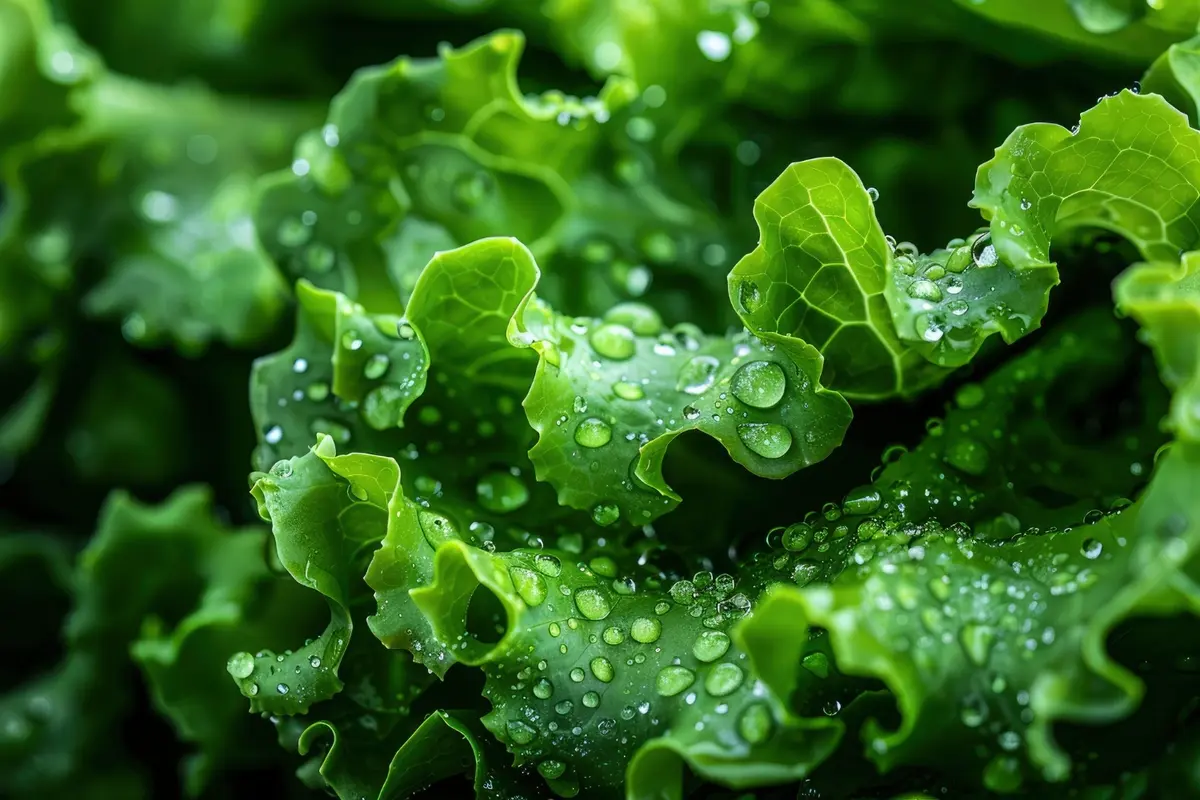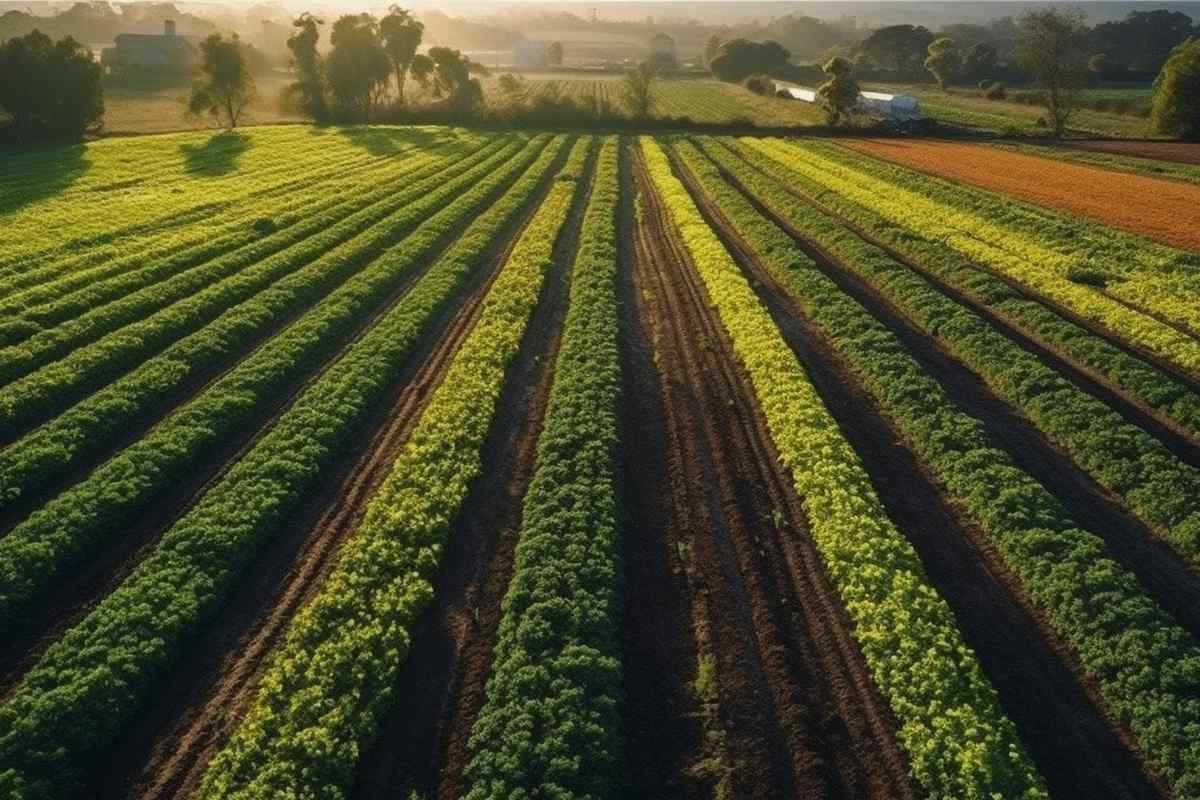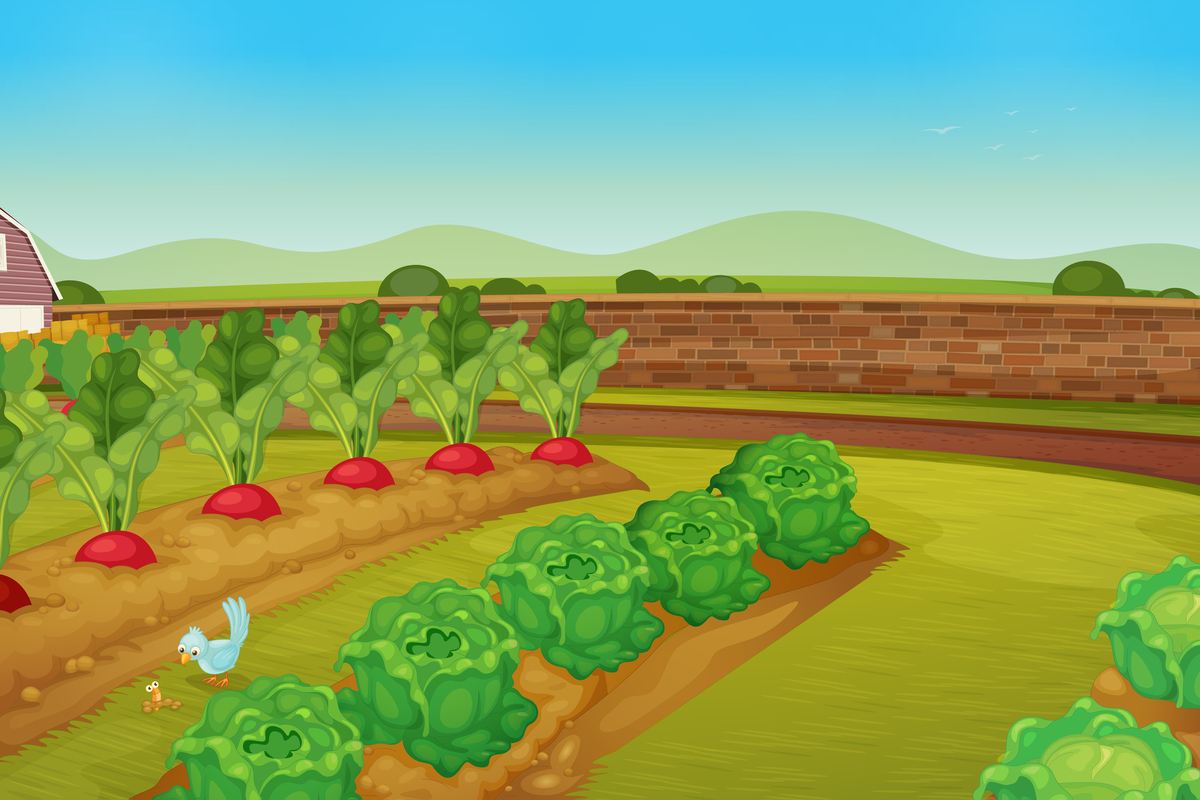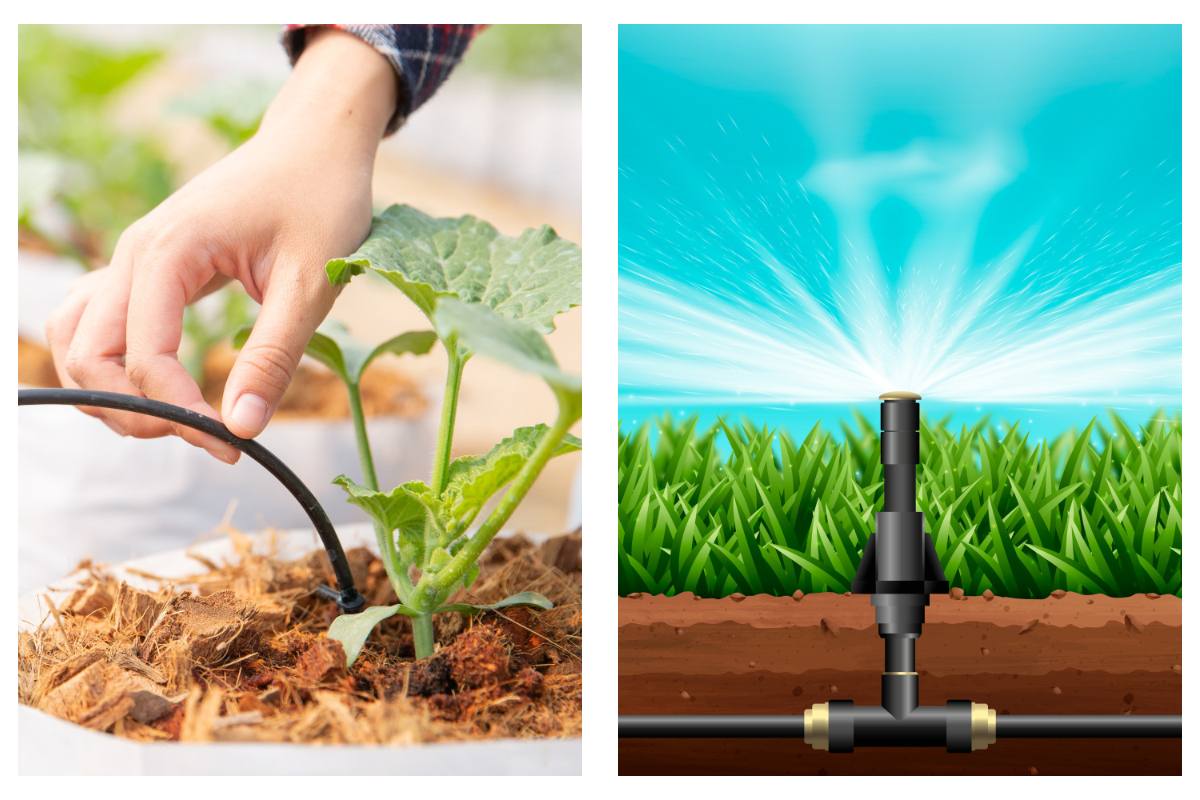Hydroponics has gained popularity in recent years due to its potential for sustainable and efficient food production. This process allows for year-round cultivation, reduces water usage compared to traditional soil-based agriculture, and can be integrated with other technologies, such as artificial lighting for indoor farming or vertical farming, easily.
Hydroponics can play a major role in changing the way we think about plant growth and maybe the future of gardening and farming. In this article, I will tell you how to start a hydroponic garden at home.
Table of Contents
What is hydroponics?
The word “hydroponics” comes from the Greek words “hydro” meaning water, and “ponos” meaning labor, highlighting the water-based nature of the system. Instead of traditional soil-based cultivation, hydroponics is a method of growing plants without soil. In this case, a nutrient-rich water solution is used to provide the necessary minerals and elements for plant growth. Generally, the roots are directly exposed to the nutrient-rich water solution, which is carefully balanced to provide optimal nutrition for the plants. Also, the solution is often recirculated to minimize water usage and waste.
What are the advantages of hydroponics?
The hydroponics system offers several advantages over traditional soil-based agriculture. Here are some major advantages of hydroponics:

Efficient water usage: Hydroponics uses significantly less water compared to conventional agriculture. Also, water is recirculated in hydroponic systems, minimizing waste and allowing for water conservation.
Increased crop yield: In this system, a controlled environment and optimized nutrient delivery enable plants to grow more efficiently and produce larger harvests. Which often experience faster and higher yields than traditional methods.
Year-round cultivation: Hydroponics allows for year-round cultivation by providing an artificial environment. It also ensures a more reliable and predictable supply. You can grow crops consistently throughout the year without thinking about external weather conditions.
Space utilization: Hydroponics is a better option for urban and space-limited areas. Vertical farming techniques can be used to maximize space usage by growing plants vertically and increasing the overall production capacity per unit area.
Efficient nutrient delivery: In a hydroponics system, plant roots have direct access to a nutrient-rich solution, for which it easier to absorb nutrients more effectively compared to traditional soil-based cultivation, which leads to healthier plants and faster growth.
Reduced reliance on pesticides: The Hydroponics system minimizes the need for pesticides and herbicides since pests and diseases are less likely to occur in the controlled environment. That’s why you can get a healthier, pesticide-free food option easily.
These advantages are making hydroponic cultivation more popular these days. Particularly in areas with limited resources or challenging environmental conditions, hydroponics systems can be the best sustainable alternative to traditional agriculture.
Is hydroponics better than soil?
Determining whether hydroponics is better than soil-based cultivation is subjective and depends on various factors. Hydroponics offers many advantages like water efficiency, faster growth, and the absence of soil-borne diseases, while soil-based cultivation provides nutrient diversity, cost-effectiveness, and potentially enhanced flavor. The choice ultimately depends on specific circumstances, available resources, and most importantly, the goals of the farmer or gardener.
What are the different types of hydroponics?
There are several different types of hydroponic systems available, each with its own advantages and suitability for specific plants or growing conditions. Here are some popular types of hydroponic systems:

Deep Water Culture (DWC): In this system, plants are suspended in a nutrient-rich solution with their roots submerged in aerated water. Oxygen is supplied through air stones or diffusers. DWC is a simple and inexpensive system, which is ideal for growing leafy greens and herbs.
Nutrient Film Technique (NFT): NFT systems use a thin film of nutrient solution that continuously flows over the roots of the plants to absorb the necessary nutrients. The excess solution is collected and recirculated. This technique is suitable for smaller plants with shallow root systems.
Drip System: Drip systems involve a network of tubes and emitters that deliver nutrient solution directly to the base of each plant. The excess solution is collected and reused. Drip systems are versatile and can be used for a wide range of plant types.
Aeroponics: In this system, fine nutrient solution mist is applied to the roots of the plants. This method provides high oxygen levels to the roots, promoting rapid growth. Aeroponics is popularly used for growing plants with short growth cycles.
Wick System: Wick systems are very simple and relatively easy to maintain. Here, a wicking material is used (such as cotton) to draw nutrient solution from a reservoir into the growing medium where the plants’ roots are located. Wick systems are best suited for small plants.
These are just a few examples of hydroponic systems available. Each system has its own benefits and considerations, so you have to choose the ideal one that will be most suitable for your specific needs, available space, and the types of plants you wish to grow.
How to Start a Hydroponic Garden at Home?
Starting a hydroponic garden at home can be an exciting and rewarding venture for you. Here’s a step-by-step guide to help you get started in your first hydroponics garden from beginning to end:
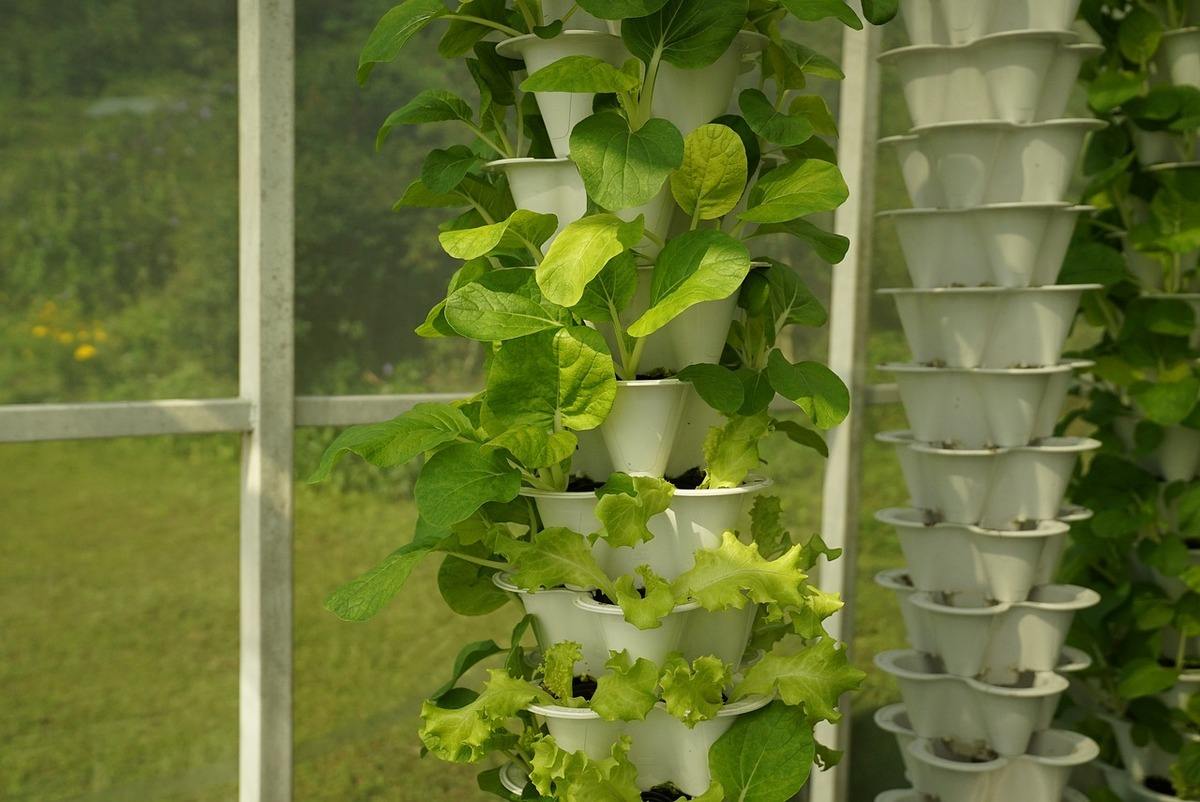
Research and gather information: First of all, get some basic knowledge of hydroponic gardening to understand the different types of systems, plant requirements, and nutrient solutions. Also, consider the space you have available, the types of plants you want to grow, and your budget as well.
Choose a hydroponic system: As we discussed earlier, there are various hydroponic systems available. You have to select one of them that will suit your needs and resources. Beginners often find DWC or drip systems easier to start with.
Select a growing area: Find an appropriate location that will be ideal for your hydroponic setup. It can be indoors or outdoors, depending on the open space available to you. But must ensure that the area has access to electricity, water, and adequate ventilation.
Gather necessary equipment and supplies: The next step will be purchasing or gathering the required equipment for your chosen hydroponic system. This may include containers or trays, growing media (e.g., perlite, vermiculite, coconut coir), pumps, tubing, air stones, grow lights (if growing indoors), timers, pH meters, and nutrient solutions.
Set up your hydroponic system: Assemble and install your hydroponic system according to the manufacturer’s instructions. This involves arranging the containers or trays, setting up the water reservoir, connecting the tubing, and placing air stones or pumps. A perfect installation is most important for getting the best output without facing any problems.
Prepare the nutrient solution: To prepare the nutrient solution, it will be better to follow the instructions provided with your chosen nutrient solution to mix it accurately. Maintain the appropriate pH levels for the specific plants you are growing. Also, test and adjust the pH regularly to keep it within the optimal range.
Start germinating seeds or transplanting seedlings: Finally, you can start growing your selected plant from seeds or purchase seedlings from a nursery. If you are using seeds, use a germination tray or starter plugs with a seedling heat mat for optimal conditions. Once the seedlings have sprouted or you have acquired healthy seedlings, place them in the hydroponic system.
Monitor and maintain the system: Regular monitoring is the most important part of hydroponic gardening to check the water level, pH, and nutrient levels in your hydroponic system. Adjust the nutrient solution whenever required and ensure the plants have adequate access to water, light, and nutrients. Also, keep an eye out for pests or diseases and take appropriate measures to address them promptly.
Provide adequate lighting: If you are growing indoors, invest in high-quality grow lights to provide the required light spectrum for better plant growth. LED lights are energy-efficient and most popular for hydroponic setups.
Harvest and enjoy your crops: Once your plants have matured, harvest them at the appropriate time and enjoy the fresh produce from your own hydroponic garden.
How much does it cost to start a hydroponic garden?
The cost of starting a hydroponic garden depends on several factors, such as the scale of the garden, the type of system you choose, and the specific equipment and supplies you need, like lighting, nutrients, growing medium, pH and EC (electrical conductivity) meters, etc. Overall, for a small-scale hydroponic garden, you can expect to spend a few hundred to a few thousand dollars, as per your requirements. But I will recommend you research and compare prices from different suppliers to get a more accurate estimate for your specific setup.
How to maintain your hydroponic garden?
Maintaining a hydroponic garden requires day-to-day monitoring and adjustment of several key factors to ensure optimal plant growth. Here are some essential steps that you should take to maintain your hydroponic garden:

Monitoring Nutrient Solution: You have to check the nutrient solution’s pH and electrical conductivity (EC) levels regularly. Maintain the pH within the appropriate range for the specific plants you are growing (typically between 5.5 and 6.5).
Nutrient Solution Changes: Over time, the nutrient solution can become depleted or imbalanced. In that case, it is generally recommended to replace the nutrient solution. You should change the nutrient solution every 1-2 weeks.
Watering and Oxygenation: Ensure the roots receive adequate oxygenation. Oxygenate the water by using air stones or air pumps to prevent root rot and promote healthy root growth. Also, monitor the water level to ensure the roots stay submerged.
Lighting: If you are using an artificial lighting system, then check it regularly to ensure it is functioning properly. If required, replace any faulty bulbs or components. Maintain an appropriate light cycle for the specific plants you are growing, typically around 12-16 hours of light per day for most vegetables and herbs.
Pest and Disease Management: Regular inspection of plants is required to determine if the plants are being affected by any pests or diseases. Common pests in hydroponics include aphids, spider mites, and whiteflies. If you notice any issues, take appropriate measures quickly. I will suggest maintaining cleanliness and proper hygiene in your garden to minimize the risk of diseases.
Pruning: Prune your plants from time to time to remove dead or diseased foliage and promote healthy growth.
System Maintenance: You should clean and disinfect your hydroponic system from time to time to prevent the buildup of algae, bacteria, or other contaminants. Also, regularly check and clean the pumps, filters, and other components to ensure they are functioning properly.
By following these maintenance steps, you can effectively maintain the health and productivity of your hydroponic garden. Regular monitoring and adjustments will always help you catch and address any issues promptly.
What types of plants can be grown in hydroponics?
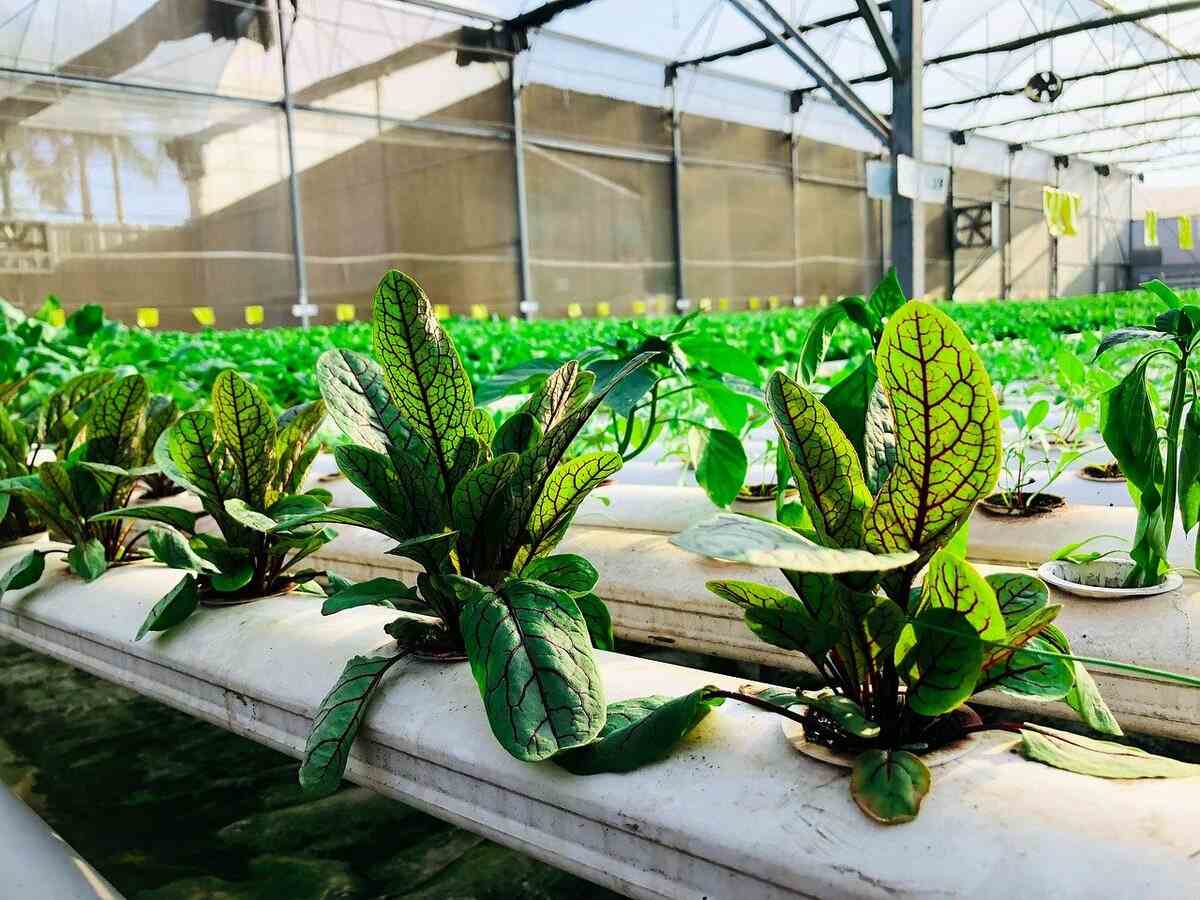
You can grow a wide variety of plants in your hydroponics garden, including leafy greens such as lettuce, spinach, and kale; herbs like basil and parsley; tomatoes, cucumbers, and peppers; strawberries; microgreens such as radish and arugula; and even certain flowers like orchids and roses. While growing any plant, you have to keep in mind that each plant has specific needs regarding light, temperature, pH, and nutrient levels, so it’s important to tailor the hydroponic system accordingly for successful cultivation.
What are the disadvantages of hydroponics?
While hydroponics has several advantages, it also has some disadvantages that you should consider before starting a hydroponic garden. Some disadvantages are mentioned below:
Initial cost: First of all, setting up a hydroponic system can require a significant upfront investment. The costs include equipment, such as pumps, grow lights, and nutrient solutions, as well as the infrastructure for maintaining the system.
Technical knowledge and maintenance: Maintaining a complex hydroponics system requires proper technical knowledge and skills. If you are a beginner, then it can be challenging for you to maintain proper nutrient levels, pH balance, and water quality. Regular monitoring and adjustment are necessary to ensure the system operates optimally.
Power dependency: Hydroponic systems typically rely on electricity to power pumps, lights, and various other equipment. Power outages or disruptions can adversely impact the system’s functionality, leading to crop loss if not addressed promptly.
Vulnerability to system failures: If a hydroponic system experiences a failure, such as a pump malfunction or a nutrient imbalance, it can have a swift and significant impact on the plants. Without backup systems or monitoring in place, the entire crop may be at risk.
So before starting your own hydroponic garden must consider these disadvantages and assess whether hydroponics aligns with your specific goals, resources, and capabilities.
FAQs
Do indoor hydroponic gardens work?
Yes, indoor hydroponic gardens are effective and successful for growing plants. But the success will depend on your effort completely. By providing a controlled environment that optimizes nutrient delivery, water supply, lighting conditions, and regular maintenance one can easily achieve success in indoor hydroponic gardening.
Which hydroponic system is best for home?
The best hydroponic system for home use depends on factors such as available space, budget, and personal preferences. However, one commonly recommended system for home hydroponics is the Deep Water Culture (DWC) system. If you are a beginner then it will be easy for you to set up this system. In a DWC system, plant roots are suspended in a nutrient-rich water solution, and an air pump provides oxygen to the roots that promote rapid plant growth.
Do hydroponic plants taste different?
Hydroponic plants typically do not taste significantly different from any other soil-grown plant of the same variety. Because the flavor and taste of any plant are primarily influenced by genetics, growing conditions, and nutrient composition rather than the cultivation method itself.
Do plants grow faster in hydroponics?
Plants generally grow faster in hydroponic systems compared to traditional soil-based methods. It happens because of direct access to a balanced and readily available supply of nutrients, which eliminates the need for roots to search for nutrients in the soil. Also, hydroponic systems provide optimal conditions for plant growth, such as proper pH levels, oxygenation, and controlled temperature and lighting, which further promote accelerated growth rates.
What is the best artificial light for hydroponics?
If you ask for the best artificial light for hydroponics then it depends on the specific needs of the plants you are growing. Generally, high-intensity discharge (HID) lights, such as metal halide (MH) and high-pressure sodium (HPS) lamps, have been popular choices for hydroponic systems due to their high output and efficiency. But nowadays with advancements in LED technology, many hydroponic growers are transitioning to LED grow lights. LED lights offer energy efficiency, adjustable light spectrums, longer lifespans, and reduced heat generation, making them versatile and efficient for hydroponic systems.


